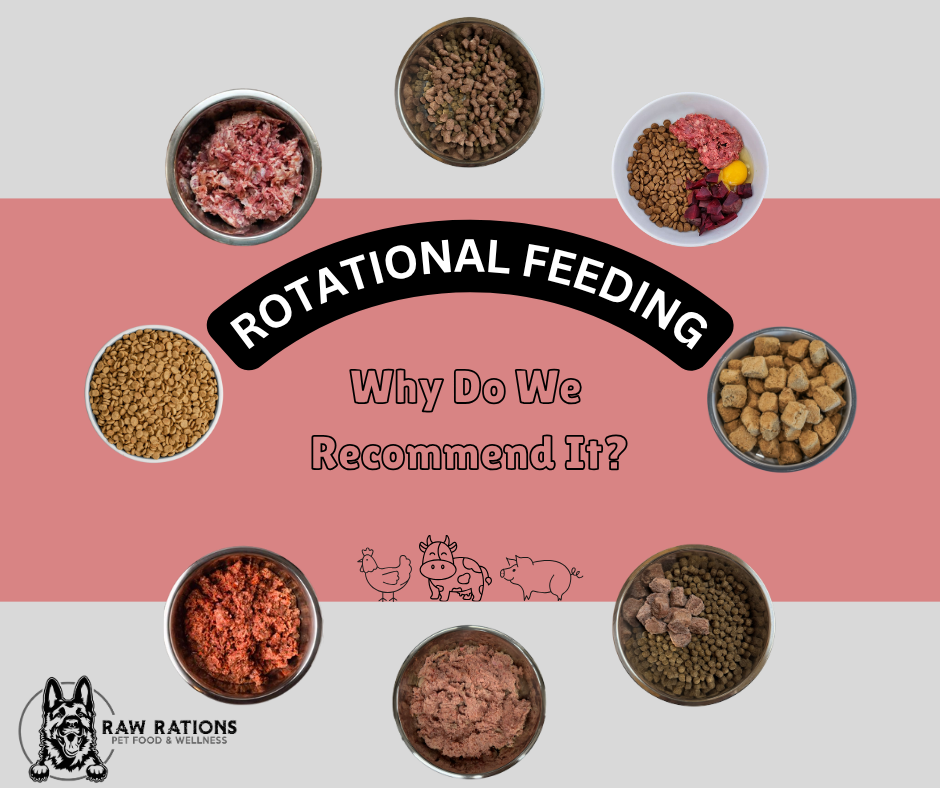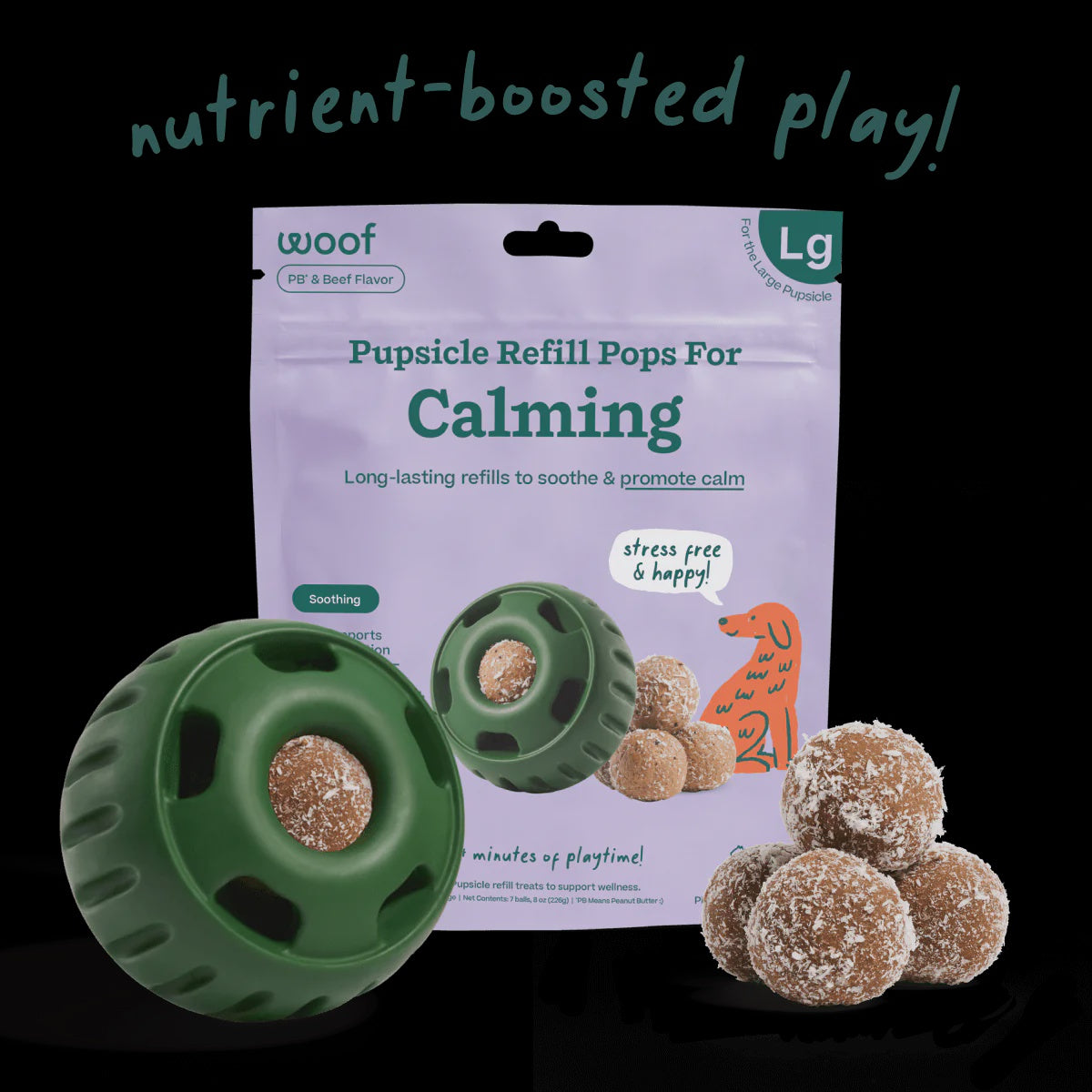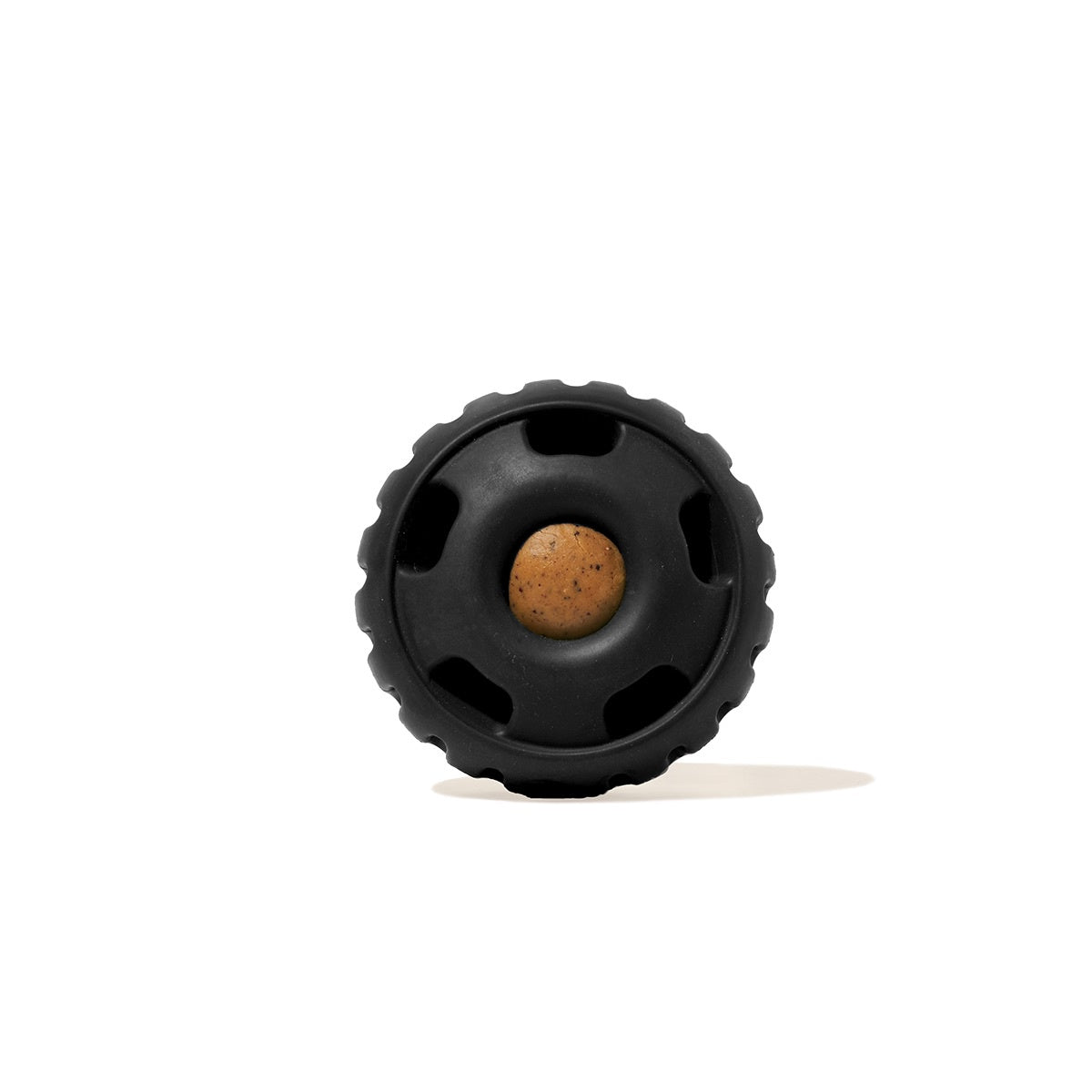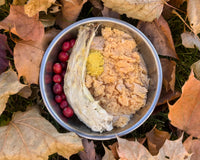When it comes to our pets diets, many owners believe that once they find a food or protein that their pet enjoys, they should stick with it for the long haul. However, this perspective is misleading. Rotational feeding, which involves varying the proteins and foods offered to your pet, can greatly enhance their overall health. By introducing different proteins, you not only foster a more resilient gut but also help minimize the risk of allergies. Relying on a single protein throughout your pet's life could lead to an intolerance to that very protein. Embracing a varied diet can set your pet up for success, ensuring they stay happy and healthy for years to come.
How to introduce new foods into rotation?
When introducing new foods to your pet's diet, it's wise to take it slow, especially if they haven't had a wide range of options before. Start by incorporating 25% of the new food into their meals for a few days. Then, gradually increase it to 50%, 75%, and finally to 100%. This approach helps your pet adjust without any stomach upsets.
As you experiment, you'll likely discover a couple of brands that your furry friend enjoys and tolerates well. It's completely normal for your pet to experience softer stools when transitioning to a new food, as their digestive system adjusts. However, if you notice vomiting or diarrhea, it's important to pay attention, as this may indicate that your pet isn't handling the new food well. GI upset is typically caused by having a limited amount of digestive enzymes due to lack of variety. Transitioning to a new protein with aid from a digestive enzyme is perfect for the more sensitive pets.
If your pet tends to struggle with transitions, consider using rotational feeding in smaller portions as toppers or treats. Even the smallest amount can make a significant difference.
Do different proteins have different benefits?
Different proteins offer unique nutrient profiles, which helps ensure your pet receives a well-rounded diet. For instance, chicken is known for its richness in B vitamins and phosphorus, making it a great source of energy and bone health. On the other hand, beef is particularly beneficial due to its high levels of iron, zinc, and selenium, which support overall health and immune function.
Duck stands out because of its distinct fatty acid profile, providing essential fats that promote healthy skin and coat. Additionally, lamb can be a good option for dogs with specific food sensitivities, as it is often less likely to provoke allergic reactions.
By rotating through these various protein sources, you're able to cover a broader spectrum of essential vitamins, minerals, and amino acids. This approach ensures your dog gets all the nutrients they need without relying on synthetic supplements, ultimately contributing to their overall health and well-being.
How does it help my pet's gut?
Just like humans, our furry friends thrive on variety. A diverse diet supports a robust microbiome, allowing their gut flora to flourish. By introducing your dog to various proteins, enzymes, and nutrient compositions, you're not only encouraging a balanced digestive system but also making it more adaptable. This delicious variety can significantly reduce the risk of food intolerances and enhance overall digestion and nutrient absorption.
Rotating your dog or cat’s protein source is a proactive way to support their health, keep them engaged at mealtime, and align their diet with evolving sustainability practices. By thoughtfully introducing variety and consulting with experts, you can create a balanced, enriching diet tailored to your pet’s needs. This approach not only fosters good nutrition but also adds excitement to their feeding routine, making mealtime a joyful experience for both you and your furry companions!







